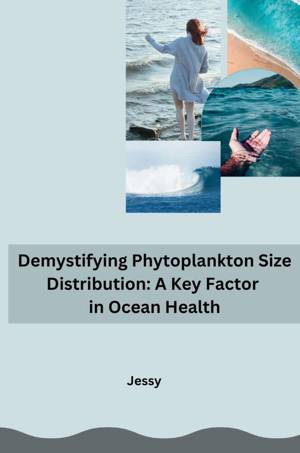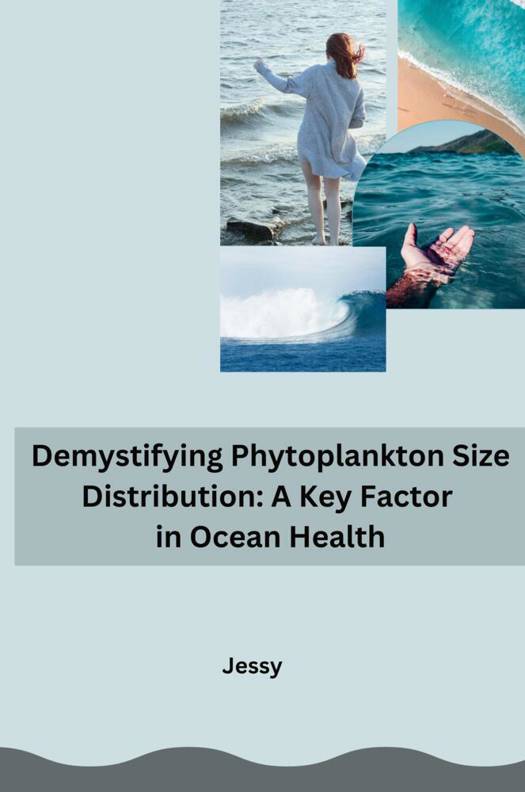
- Afhalen na 1 uur in een winkel met voorraad
- Gratis thuislevering in België vanaf € 30
- Ruim aanbod met 7 miljoen producten
- Afhalen na 1 uur in een winkel met voorraad
- Gratis thuislevering in België vanaf € 30
- Ruim aanbod met 7 miljoen producten
Zoeken
€ 25,95
+ 51 punten
Omschrijving
Phytoplankton, the microscopic marvels at the base of the ocean food web, come in a surprising variety of sizes. But it's not just about the beauty of diversity - the size distribution of these tiny organisms plays a critical role in ocean health. Imagine a thriving ocean teeming with large phytoplankton. While it might seem abundant, this scenario can disrupt the delicate balance. Larger phytoplankton tend to sink faster, taking captured carbon with them to the deep ocean floor. While good for long-term carbon storage, it removes food from zooplankton, the grazers that form the next link in the chain. Conversely, an ocean dominated by very small phytoplankton creates a different challenge. These tiny organisms are less efficient at converting carbon dioxide and have a slower sinking rate. While they fuel the base of the food web, less carbon gets locked away. The ideal scenario lies in a balanced size distribution. A healthy ocean has a mix of phytoplankton sizes, ensuring a steady flow of energy through the food web while efficiently sequestering carbon. Scientists use sophisticated tools to analyze phytoplankton size distribution. By studying the ocean's color, captured by satellites or underwater instruments, they can estimate the size and abundance of different species. Understanding these dynamics is crucial. Changes in size distribution can indicate environmental stress, such as pollution or rising temperatures. By monitoring phytoplankton size, we gain valuable insights into the health of our oceans, allowing us to take proactive measures to protect these vital ecosystems.
Specificaties
Betrokkenen
- Auteur(s):
- Uitgeverij:
Inhoud
- Aantal bladzijden:
- 82
- Taal:
- Engels
Eigenschappen
- Productcode (EAN):
- 9783384240637
- Verschijningsdatum:
- 27/05/2024
- Uitvoering:
- Paperback
- Formaat:
- Trade paperback (VS)
- Afmetingen:
- 152 mm x 229 mm
- Gewicht:
- 131 g

Alleen bij Standaard Boekhandel
+ 51 punten op je klantenkaart van Standaard Boekhandel
Beoordelingen
We publiceren alleen reviews die voldoen aan de voorwaarden voor reviews. Bekijk onze voorwaarden voor reviews.











